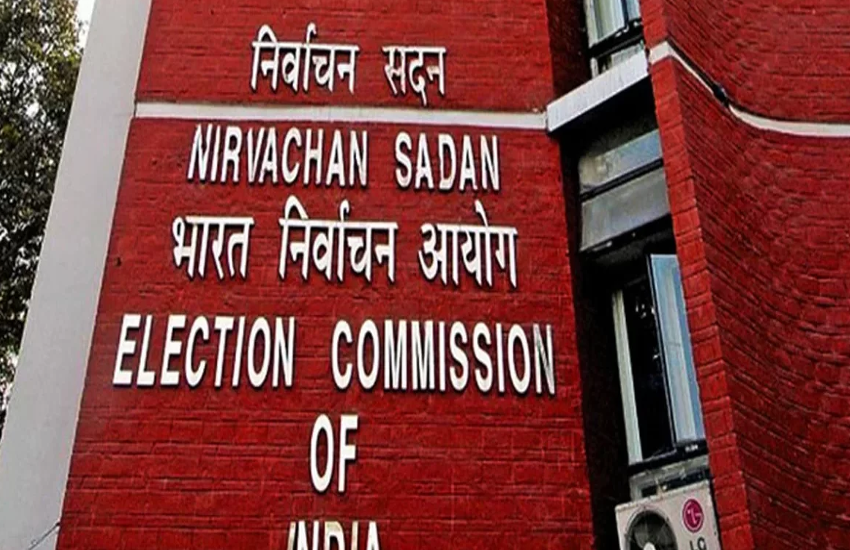
You\'ve heard of tigers, lions, rhinoceros and elephants. But those are not the only endangered animals in India. There are many plant and animal species classified as vulnerable by the International Union for Conservation of Nature (IUCN) - which publishes threat assessments of plant and animal species annually.
In its 2016 report, IUCN has reported 19 animal species as \'endangered\' or \'critically endangered\', and 10 others as \'vulnerable\'.
Of these, there are many you haven\'t heard of, like the Beddome\'s toad. Or even if you\'ve heard of them, you may not know they\'re highly vulnerable, like anteaters.
Here\'s a list of 15 species you need to know about:
This riverine turtle (see above) is found in South and Southeast Asia, but is critically endangered in most countries, including India. It is already extinct in Myanmar, Singapore, Thailand and Vietnam. Its illegal trading into China is cited as a major threat.
Another freshwater turtle, the red-crowned roofed turtle has distinctive red stripes on its head. It is found in deep-flowing rivers in India, Nepal and Bangladesh. Its threat status was upgraded to "critically endangered" due to "continuing disappearance".

This doesn't look like other turtles - its body is narrower. The olive green turtle is endemic to India. Its scientific name is Chitra Indica.
These turtles "spend most of the day submerged in the sandy bottoms of deep rivers," according to the IUCN.

This toad is native to the Western Ghats, and can live up to 1,500m above sea level. There are no population estimates, as the species is rare.
The IUCN classified it as endangered because its habitat is "severely fragmented" and shrinking.

This shark is native to the Indian Ocean and the western Pacific Ocean. The shark can grow over six feet long.
It is heavily fished in Asia, and its features make it vulnerable to getting entangled in fishing nets.

This critically endangered frog is found in the Western Ghats in Naduvattom, Tamil Nadu, at an elevation of 2,200 m. But all the individuals are currently in this single location, and their range has shrunk to under 100 square kilometres.

This deer is the state animal of Uttarakhand, and is classified as 'endangered'. It is found in the high-altitude Kedarnath Wildlife Sanctuary and Askot Musk Deer Sanctuary.
The species has seen a serious fall in population - in the last 21 years, IUCN estimates its population to have dropped by 50%.

This is the world's largest surviving freshwater turtle. It is native to Southeast Asia and is found in slow-moving rivers and streams. Unlike other turtles, its shell is not hard.
Unfortunately, it is illegally traded in several countries, which is contributing to its dwindling numbers.

This is an endangered turtle found in the Western Ghats. It is found on the floor of evergreen forests, according to IUCN.
It was first discovered in 1912 near Kavalai in what were then called the Cochin State Forests, hence the name. Interestingly, it is indifferent to water, preferring to live in burrows.

In India, the world's largest living fish is found in Lakshadweep, and the Gulf of Kutch and the Saurashtra coast in Gujarat.
India banned commercial sale or trade of the whale shark in 2001, after threats to their population.
While it was categorised as "vulnerable", the IUCN in 2016 has increased the threat perception to "endangered" for the first time.

This ray, which can grow up to four metres in length, is rarely seen. It was first spotted 160 years ago and is found in the Indian and Pacific Oceans. Its population is feared to have dropped by over 50% in the last three generations (i.e. 45 years).

The anteater is one of the most underrated threatened animals in India. It is widely poached - both for its meat, and for the scales, which are illegally exported, mostly to China and Vietnam.
It is classified as "endangered" by the IUCN, and is the most trafficked animal under the Convention on International Trade in Endangered Species. According to WWF India, between 2009-13, over 3,000 pangolins were hunted.

These wild cats can swim and dive to hunt fish. Twice the size of house cats, the fishing cats are found in the Sundarbans, and the Ganga and the Brahmaputra river valleys. But the destruction of water bodies and wetlands is shrinking its habitat, and it is classified as "endangered" by IUCN.

The magnificent cat is a tree-dweller found in the hills of the North Eastern states. Less than 10,000 of these are estimated to be left in the wild, and it is classified as "vulnerable".

Also known as the Snubfin dolphin, it is found commonly in the Chilika lake in Odisha and the eastern coast in India, besides Myanmar and other Southeast Asian countries.
These fish often get caught in hook-line fishing and floating gill nets, which are described as a cause for their reducing populations.
The Irawaddy is one of those dolphins that have befriended humans - in Chilika lake, these dolphins and fishermen have formed a method to help each other in fishing.

Edited by Shreyas Sharma
More in Catch
One in every five new endangered bird species in the world is Indian
Australia sounds alarm but India still deaf to endangered species
First published: 13 August 2016, 10:40 IST


![BJP's Kapil Mishra recreates Shankar Mahadevan’s ‘Breathless’ song to highlight Delhi pollution [WATCH] BJP's Kapil Mishra recreates Shankar Mahadevan’s ‘Breathless’ song to highlight Delhi pollution [WATCH]](https://images.catchnews.com/upload/2022/11/03/kapil-mishra_240884_300x172.png)

![Anupam Kher shares pictures of his toned body on 67th birthday [MUST SEE] Anupam Kher shares pictures of his toned body on 67th birthday [MUST SEE]](https://images.catchnews.com/upload/2022/03/07/Anupam_kher_231145_300x172.jpg)






